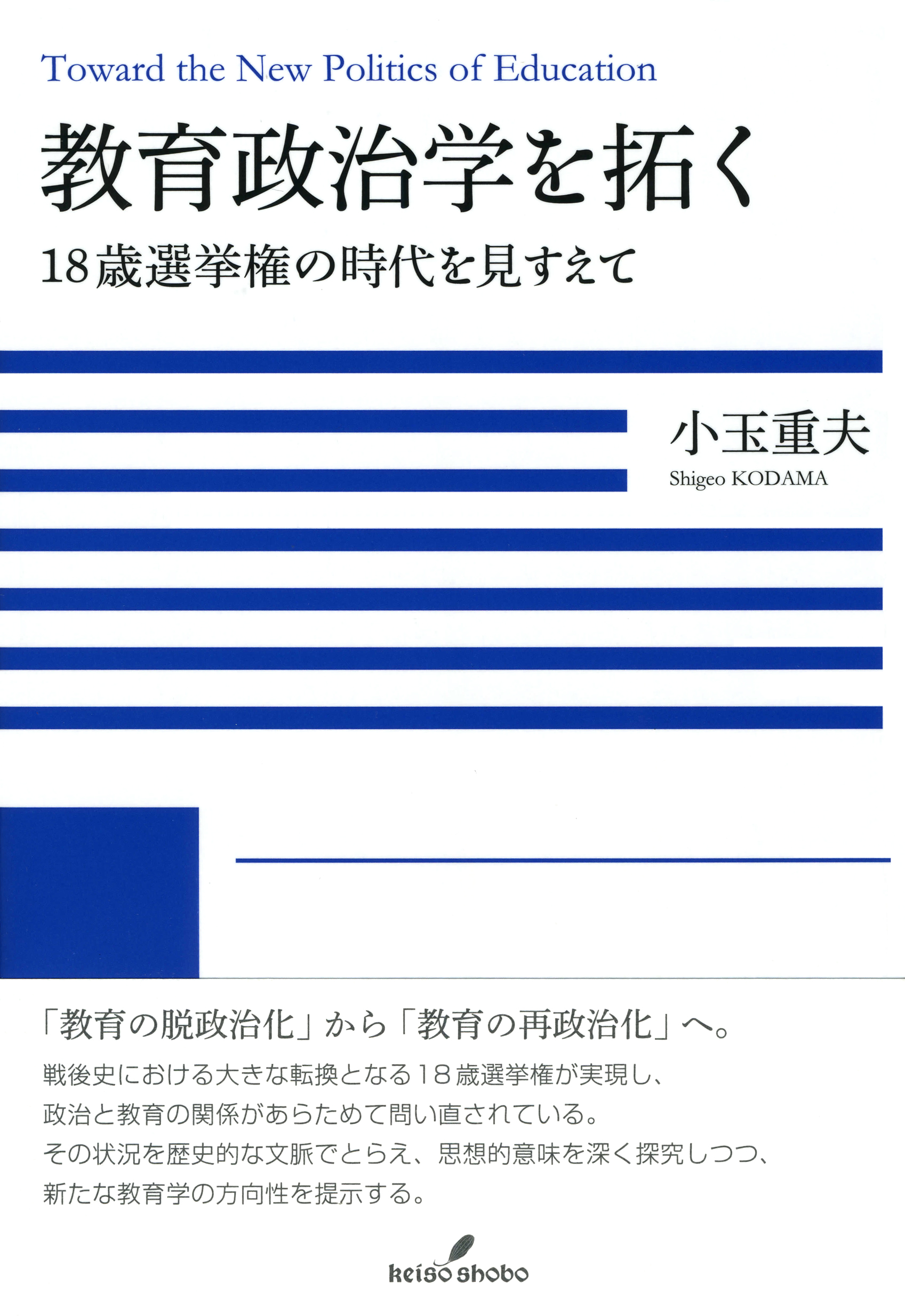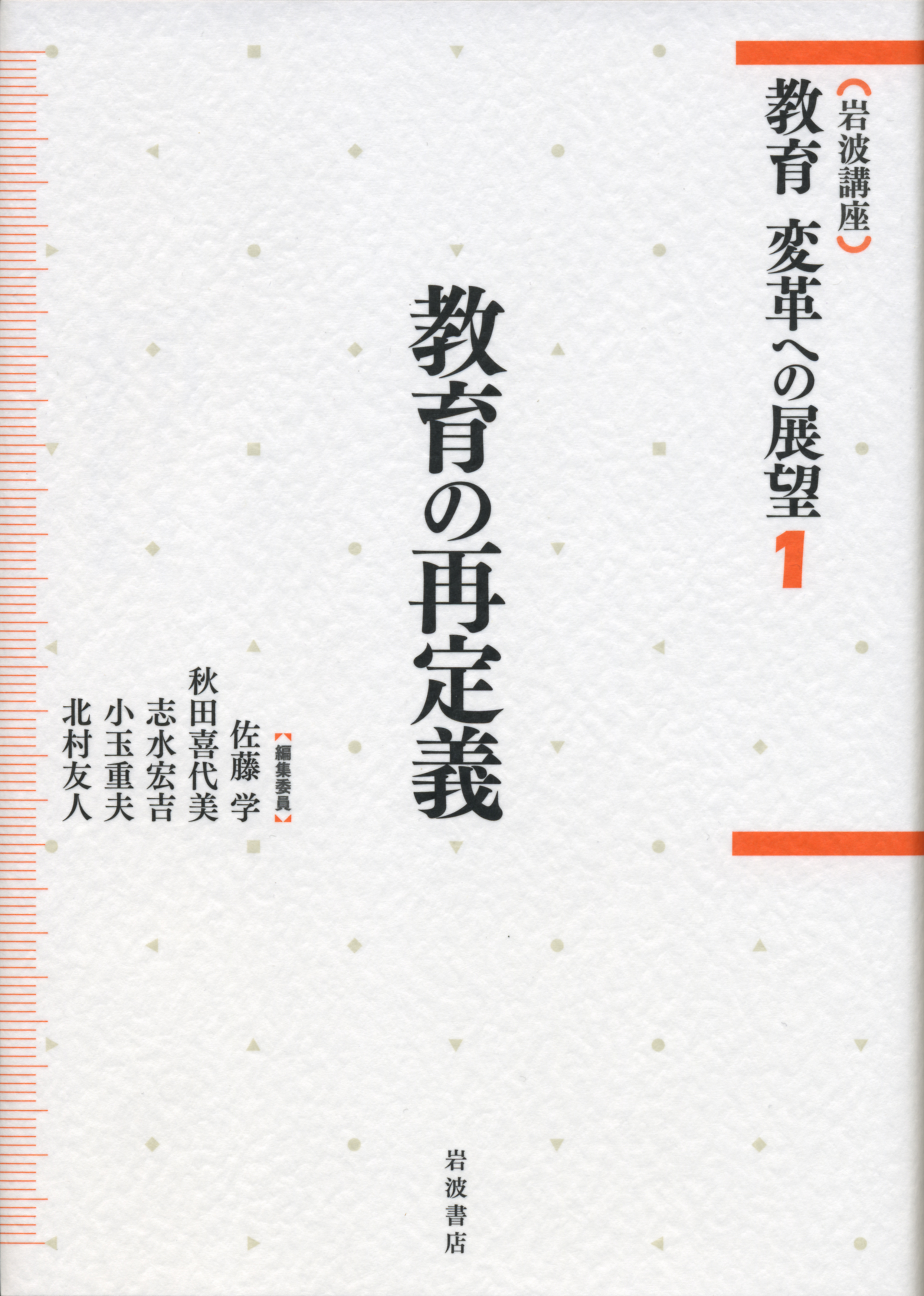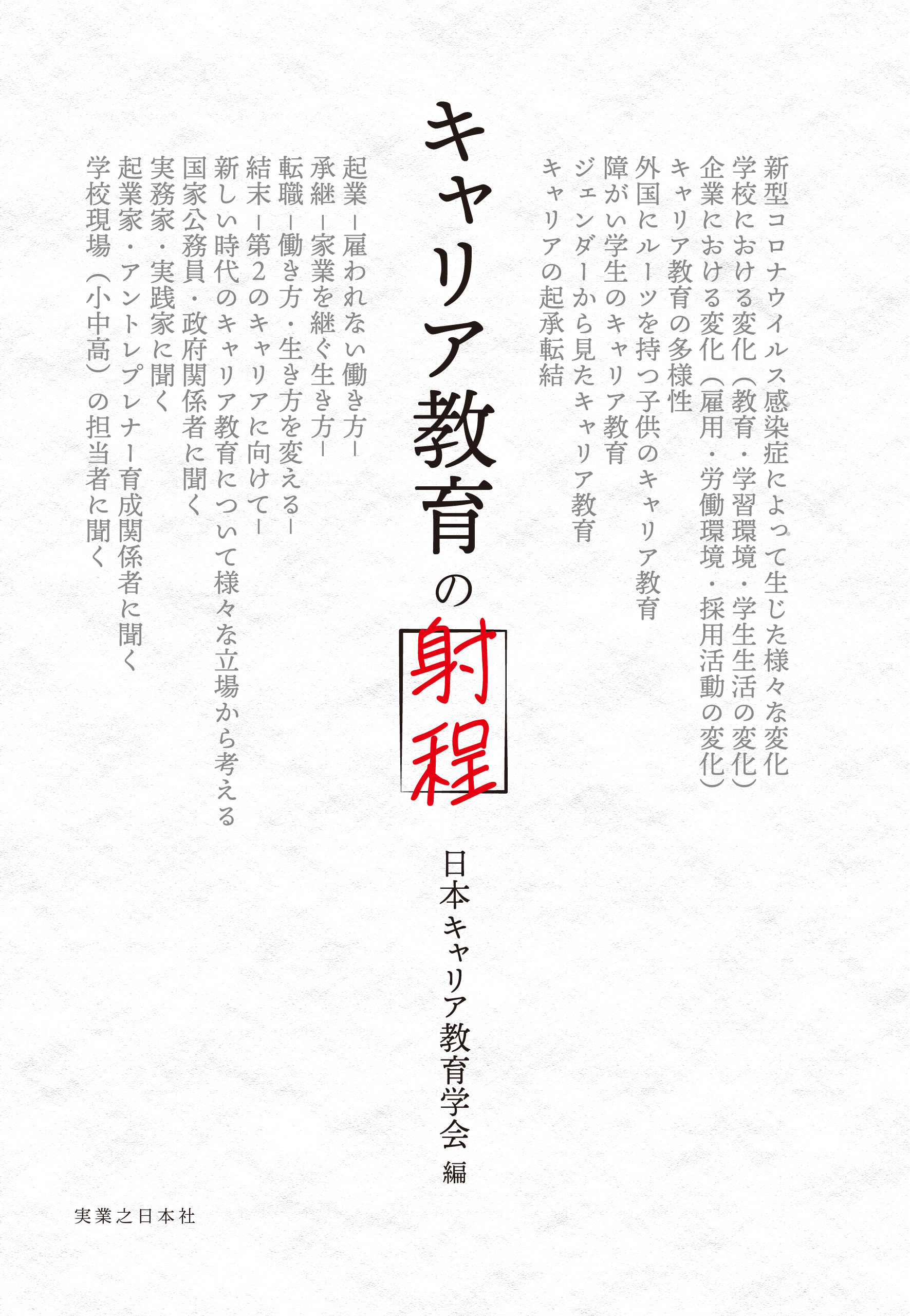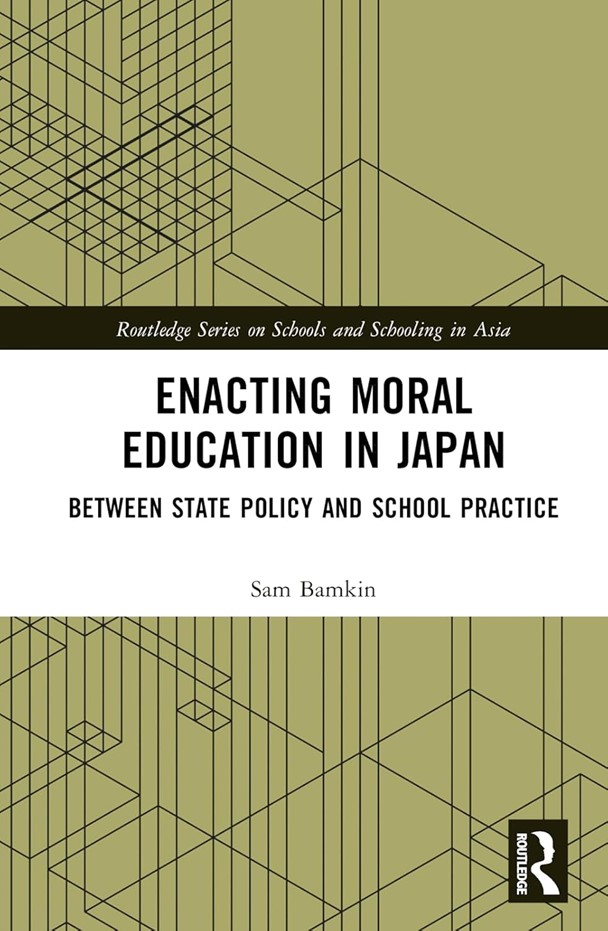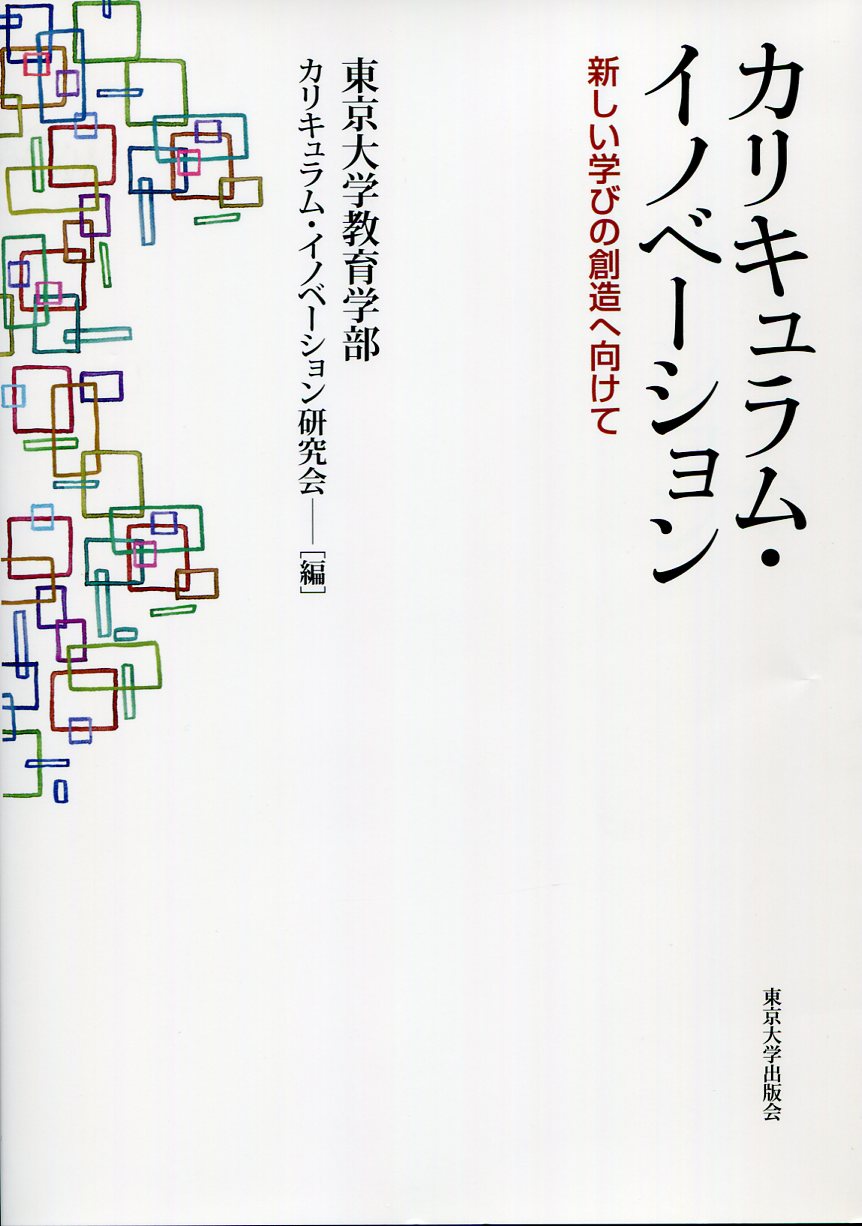
Title
Curriculum Innovation (Curriculum Innovation)
Size
304 pages, A5 format
Language
Japanese
Released
October 30, 2015
ISBN
978-4-13-051331-9
Published by
University of Tokyo Press
Book Info
See Book Availability at Library
Japanese Page
The purpose of this book is to explore new directions for public education in the 21st century in light of the structural transformation of postwar society in Japan, to examine theoretical and practical aspects, and to explore the possibilities and conditions for curriculum innovation. In particular, it emphasizes the formation of academic skills that have social relevance, taking civic life into consideration, rather than being confined to academic learning.
After the "pressure-free(yutori) education" of the 1990s, the academic decline controversy around the year 2000, and the PISA shock of 2004, the Central Council for Education released its report "Structural Reform of Compulsory Education" in 2005, and school education entered a new phase. This move led to the revision of the Courses of Study in 2008. In the revised guidelines, the aim was to break away from a binary approach to education, such as "pressure-free or stressing,". In this way, it can be said that consideration was given to the overall balance. In addition, in order to enrich the content, the number of subject hours and subject contents were increased, and as a result, the number of pages in textbooks was also increased, giving the impression of "de-pressure- free" and marking a historical turning point.
However, the only new features in the 2008 Courses of Study were the development of cross-curricular language skills and the introduction of English activities in the upper grades of elementary school. The rest was a "revival" of the old curriculum. This is because there was no new curriculum, nor was the content of the curriculum reformed. In this sense, it could not be said that a breakaway from a binary view of teaching, such as "pressure-free or stressing," was sufficiently achieved.
Therefore, in this book, the faculty members of the Graduate School of Education, the University of Tokyo, gathered their full resources and set a research agenda to explore the conditions for curriculum innovation, which is aimed at a radical breakaway from the binary view of teaching. Curriculum innovation here refers to the transformation of knowledge and learning styles (Chapter 1 of this book), the construction of connections between school and society (social relevance) (Chapter 2 of this book), and the emergence of new learning fields that address the issues of multicultural coexistence and citizenship beyond the framework of conventional subjects (Chapter 12 of this book). This book represents a fundamental innovation in the school curriculum.
Since this book was first published in October 2015, the discussions in this book have had some influence on the direction of citizenship education triggered by the realization of the right to vote for 18-year-olds starting in 2016, as well as the Courses of Study revised in 2017. Nevertheless, the curricular innovations aimed for in this book are still some way off, and the issues raised in this book will continue to have a great deal of meaning in the future as schools and society are fundamentally rebuilt from the perspective of citizens.
(Written by KODAMA Shigeo, Professor, Graduate School of Education / 2021)



 Find a book
Find a book


 eBook
eBook